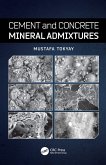
eBook, ePUB
21. April 2016
Taylor & Francis eBooks
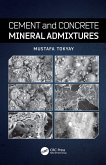
Ähnliche Artikel
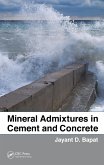
eBook, ePUB
6. August 2012
Taylor & Francis eBooks
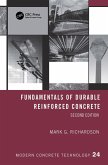
eBook, ePUB
3. November 2023
Taylor & Francis eBooks
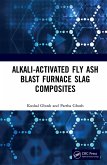
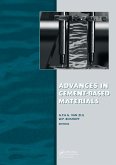
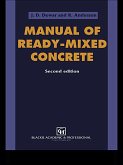
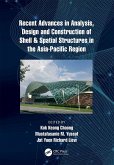
eBook, ePUB
6. Dezember 2019
Taylor & Francis eBooks
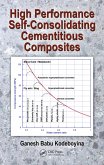
eBook, ePUB
19. Februar 2018
Taylor & Francis eBooks
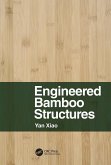
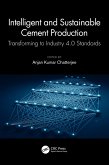
eBook, ePUB
21. November 2021
Taylor & Francis eBooks
Ähnlichkeitssuche: Fact®Finder von OMIKRON
